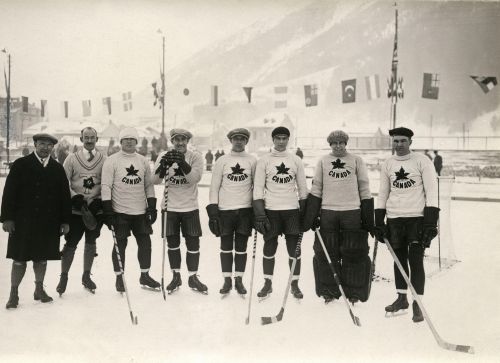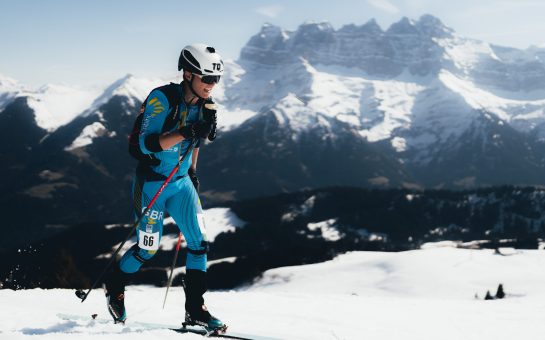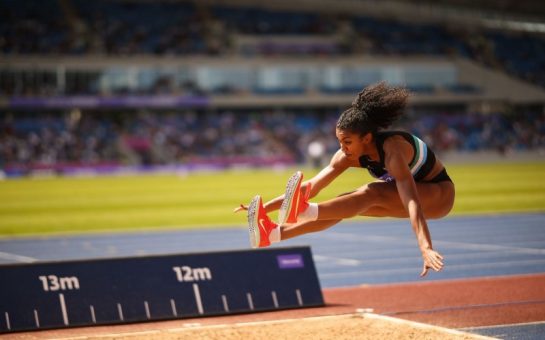Team GB will be competing in the Beijing 2022 Winter Olympics next month, however, the origins of the Winter Games go back over a century.
The Nordic Games, or Nordiska Spel, was the earliest organised international winter sports competition, first held in 1901.
It took place eight times, but most of the participating nations were Nordic countries, with Swedish capital Stockholm hosting all but one of the The Nordic Games.
The International Olympic Committee (IOC) suggested one year before the Stockholm 1912 Olympics that Sweden should include winter sports in its programme for the Games.
Sweden refused, as Scandinavian countries were possessive of the The Nordic Games and the sports which featured in this competition,
This was despite figure skating’s well-received appearance at the London 1908 Olympic Games.
Founder of the modern Olympics and former IOC president Baron Pierre de Coubertin reflected in 1921: “The Scandinavians did not want them (the Winter Olympics) at any price.
“But, in twenty-five years, winter sports had not only developed in a number of countries but they were so truly amateur, so frank and so pure in their sporting dignity that their complete exclusion from the Olympic programme deprived it of much force and value.”
He added: “In addition to the Scandinavian resistance, there was the twofold concern that they could not take place at the same time or in the same place as the Summer Games.”
There were talks of winter sports featuring in the Berlin 1916 Olympics, but these were ended by the outbreak of World War I.
However, this didn’t stop winter sports from returning to the Games at the Antwerp 1920 Olympics in Belgium, with medals being awarded for figure skating and hockey.
An agreement was reached two years later to hold an International Winter Sports Week governed by the IOC, in association with the Paris 1924 Summer Olympics.
This took place in the French commune of Chamonix, with roughly 250 athletes from 16 nations competing across 16 events.
Sports featured in the competition included bobsleigh, curling, ice hockey, figure skating, speed skating, military patrol, cross-country skiing, Nordic combined and ski jumping.
Norway topped the medal table with a tally of 17, which included four golds, and Nordic athletes won 30 of the 49 prizes on offer.
Among these was Swedish figure skater Gillis Grafström who became the first athlete to successfully defend a Summer Olympic title at the Winter Olympics, having also won gold in 1920.
The ice hockey event saw Canada outscore the competition 122-3 to win gold.

There was a prize for alpinism, awarded to the participants of General Bruce’s unsuccessful Mount Everest expedition for the most impressive mountaineering effort of the previous four years.
However, the alpinism award was scrapped in 1946, after the IOC became concerned by the high mortality rates of medal recipients.
The great success of the Winter Sports Week, which saw some 10,000 spectators pay admission, caused Scandinavian countries to withdraw their opposition to a Winter Games.
And the following year, the IOC adjusted its charter to create a Winter Olympics, with the competition in Chamonix retroactively named the first Olympic Winter Games.
De Coubertin explained in his Olympic Memoirs: “The Winter Games were finally founded in spite of the Scandinavians who ended by abandoning their objection and realising that in view of the roles of Switzerland and Canada in particular they could no longer lay claim to the practical monopoly they had exercised for so long.”
The second Winter Olympics was hosted in St. Moritz, Switzerland in 1928, the same calendar year as the Summer Olympics.
This arrangement continued every four years, except between 1936 and 1948 when World War II caused the Games to be cancelled.
However, the Games’ growth caused logistical difficulties which prompted the IOC to change this approach with the Lillehammer 1994 Winter Olympics.
This event took place two years after the 1992 Winter Olympics was held in Albertville, France, and a two-year alternating schedule with the Summer Olympics has been used ever since.
The Beijing 2022 Winter Olympics opening ceremony will take place on Friday 4 February.
To stay updated with the competition, visit the official Olympics website.
Featured image credit: Department for Digital, Culture, Media and Sport via flickr under Attribution 2.0 Generic (CC BY 2.0) license.




